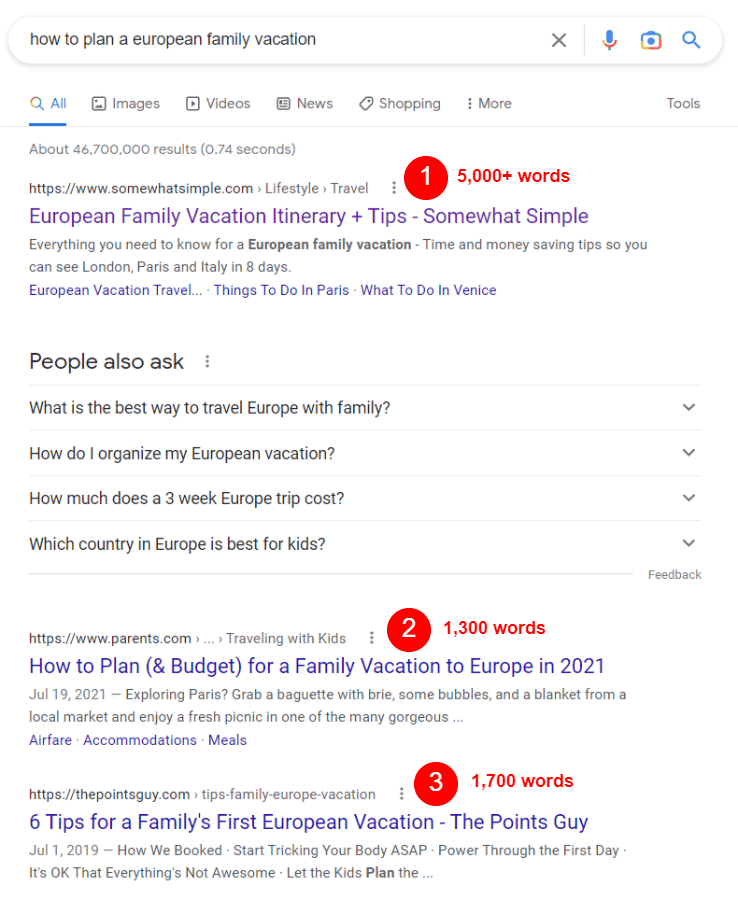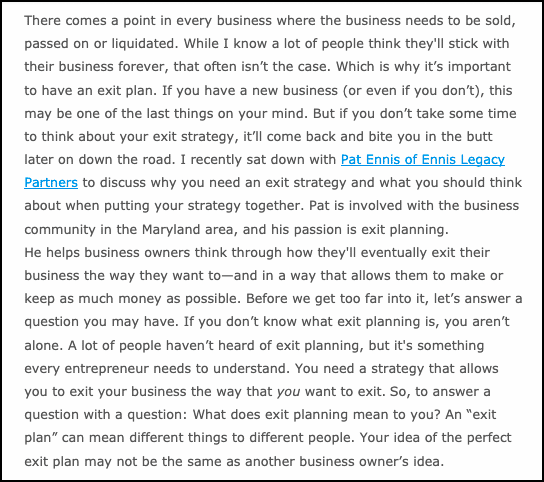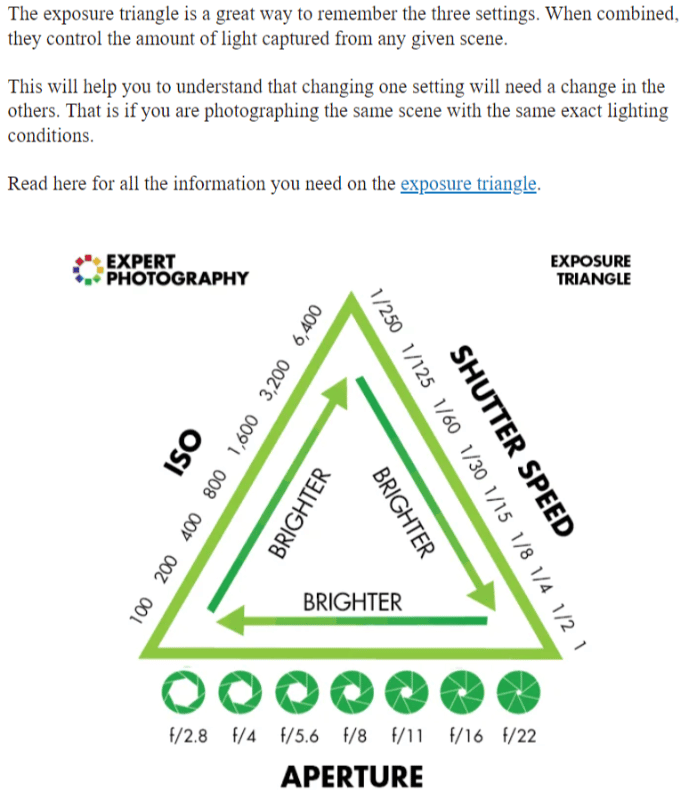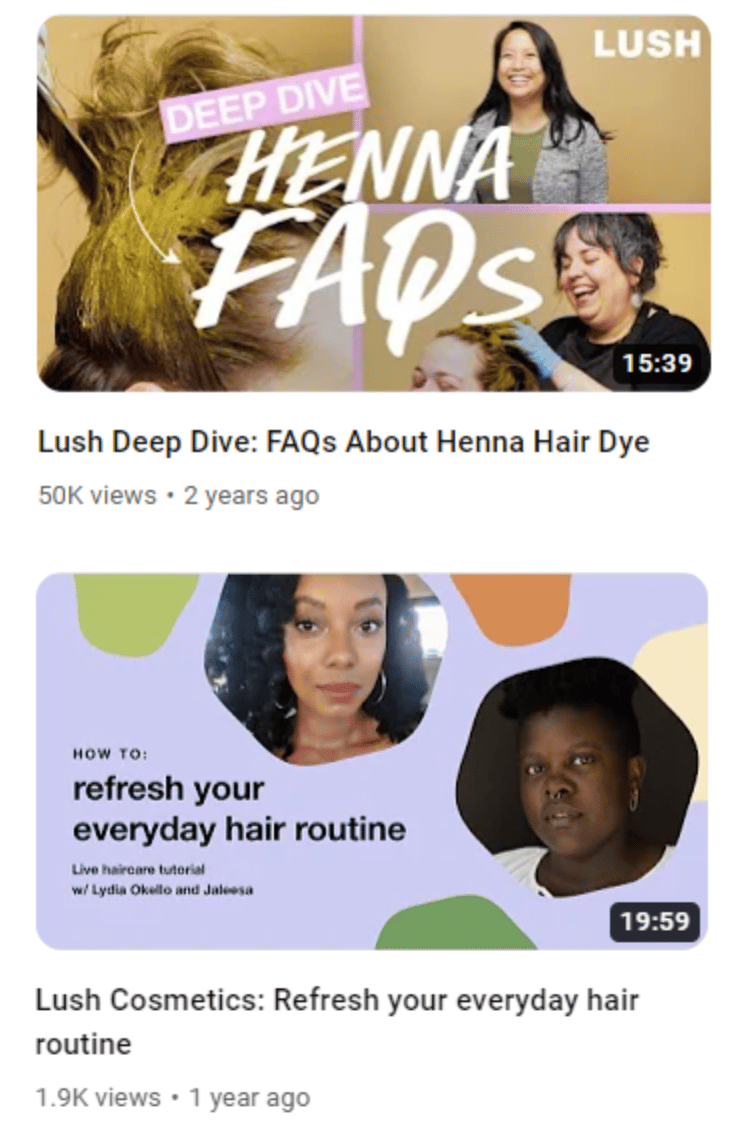
How to write long-form content: 7 smart steps and examples
If you’re intimidated by writing any piece of content longer than 1,000 words, don’t be.
Long-form content can be just as straightforward as dashing off a 500-word piece.
It will take you slightly longer to do it, but there are huge benefits to reap from spending time creating long-form pieces.
For one thing, longer content tends to perform better than short content. It earns more backlinks and is most likely to appear on Google’s first page.
Plus, bloggers continually report that longer content formats such as guides and ebooks are most effective. The ones who write ultra long-form posts (3,000+ words) are 2.5x more likely to say their results are strong vs. bloggers who write shorter posts of 1,500 words or less.
Ultimately, writing long-form content that gets results is a skill, and once you learn, you can leverage it to meet your content marketing goals.
What is long-form content? Why does it matter?
Long-form content is any piece of written content that’s over 1,000 words in length.
Some people will quibble about the exact word count, but almost everyone agrees that short-form content is always under 1,000 words. That means a good long-form content benchmark is 1,000 words or over.
That’s not the only defining factor of long-form content, however. To be truly long-form, the content must have depth. It needs to dive deep into a topic and provide value. It should be useful and helpful to readers, giving them the information they need.
For SEO purposes, long-form content helps you hit three connected goals:
- Rank higher in search engines: Comprehensive content outranks thin content. Usually (but not always), comprehensive content is long-form.
- Engage leads and keep them on your site: Long-form content should be chock-full of interesting, valuable information targeted to a specific reader. This engages them, keeps them on your page longer, and improves your bounce rate.
- Build your reputation: Lengthy guides and blog posts demonstrate your expertise on your topic and industry, establishing trust. Publish many high-quality, long-form posts, and your authority will build on itself.
Finally, as we move further into the age of multimedia content, don’t discount alternative content types when discussing the long-form format.
Videos, webinars, and podcasts can have just as much depth as a piece of written content and can help you meet your goals, too – and they might invite even better engagement.
How to write long-form content in 7 steps and examples
Writing long-form content doesn't have to be an onerous chore. If you look at it as a big puzzle that needs to be put together, it becomes a fun challenge.
The key to writing long-form content is to break it into manageable chunks – the individual puzzle pieces. Here's how.
1. Choose the right topic
One of the first things to understand about creating long-form content is: Not all topics are suitable for this format.
If you choose a topic that's wrong for a long-form piece right off the bat, you're setting yourself up to struggle. You probably won't have enough to write about and may find yourself writing just to pad out the length – a recipe for fluff and useless filler no one wants to read.
To avoid these mistakes, look at your potential topic critically before writing. The right topic for a long-form piece will be:
- Complex. There will be a lot of different parts to explain or walk the reader through.
- Specific. A general explanation of the topic won't give your reader the kind of understanding they need to grasp it fully.
- Uncommon or unique knowledge. Your audience shouldn't have a deep understanding of your topic going in, because the knowledge is unique or uncommon to them. This will vary depending on who you're targeting, so make sure you understand your audience before hunting for long-form topics.
"The Pros' Guide to Renovating Your Bathroom" by House Beautiful is a great example of a long-form blog sharing uncommon knowledge about things to consider when renovating a bathroom.

2. Study the search intent of your topic
Once you have a topic that can easily bear the weight of many words, it's time to figure out exactly how many of them you should use.
Should your long-form guide on planning a European vacation be 1,500 words? 2,000? 3,000 or more?
To find out what searchers looking up your topic want to see (their search intent), look at the top results in Google and try to answer these questions:
- What kind of information is your audience looking for when they search for this topic?
- How much information do they need to understand it?
- How much information about the topic is satisfying to a searcher looking for answers?
For example, googling “how to plan a European family vacation” will show you a bunch of guides at the top with a mix of word counts.

Browsing through these results (and taking notes) reveals a few key details:
At a base level, all of the guides include tips for traveling in Europe with families. Two guides (in the top two spots) provide additional information on booking airfare and accommodations. The top guide ("European Family Vacation Itinerary + Tips" by Somewhat Simple), however, went above and beyond and included a full itinerary for traveling from London to Paris to Italy.

So, how many words does your long-form guide need, based on all of this?
- When you're not sure how many words you should write, average the word count of the top 3 results for your topic and shoot for that number. For the above topic, I would try for a 2,500-3,000-word guide.
- To find the word count of any page on the internet, use a word counter tool like Word Counter Plus.
- Think about what you can add to the topic that's useful and hasn't already been said. How can you put your unique spin on it based on your brand expertise to provide more value to readers?
- Don't forget to consider what the top articles in Google are missing. Are there any gaping holes you can fill?
- Always include the base information that searchers are looking for. In this instance, I would include tips for traveling to Europe with families, plus strategies and tips for booking airfare, hotels, and transportation.
3. Create an outline and structure the content
From your search intent research, you should already have a few notes about what your long-form post should include. Now it's time to mix that with your expertise about the topic, plus any additional necessary research, to create an outline.
Why? It's super important for long-form content to be structured and organized well to maximize readability and engagement. Outlining helps you build that structure.
To that end, always create a loose outline for your long-form content pieces. Since outlining gives you the skeleton structure of your post, it's useful for playing with the order and flow of your points. Are they arranged logically? Are they all useful and necessary?
Your skeleton outline also gives you key places to include headings in your finished piece. In general, each major point and sub-point should have a heading attached to it. Including headings organizes the post, breaks up the text, makes it more scannable, eases readability, and even helps with SEO.
Here's a rundown on headings you should use in your long-form content:
- H2 – Used for titles of sections and main ideas.
- H3 – Used for points that support the main idea in your H2.
- H4 – Used for additional sub-points that support an H3.
You'll rarely use H5s, and probably never use H6s, so no need to worry about those. H1s are strictly for your post title and nothing else.
This guide by MagnifyMoney on how to balance a checkbook is well-structured and probably started with an outline of the major points, which also serve as the headings.

4. Think about your audience as you write
As you research, structure, and write your long-form post, your audience should be top-of-mind the entire time.
What do they need to know about the topic? What do they want to know?
Do you have particular insight on these things from your research or interactions with them? Include those details in your content.
For example, say I'm writing a post for beginning photographers. My team has had a conversation with a member of our audience who told us they struggle with understanding exposure and need help remembering the basic concepts. I could take that straight into my long-form post and dedicate an entire section to demystifying exposure with pro tips.
Your audience research should guide what you include in your long-form content just as much as what you learn from studying Google and the competition. In many cases, this will help differentiate your content, too.
5. Expand on your points and answer, 'Why should I care?'
As you fill in your outline and expand on each of your points, don't just offer rote explanations. Instead, also answer the implied question your reader will have as they scroll through your content:
"Why should I care?"
Tell them why the information is important – why it's crucial to understand in the scheme of things, how it benefits them, what it will ultimately help them do, and/or why it matters.
Great example – this Salesforce article, "3 Ways to Promote Efficient Growth with Resources You Already Have," has an explanation for each point on why the advice matters and why business owners should care. Even better, Salesforce provides data on why it matters.

6. Add visuals, like images and videos, to break up long-form content
More than any other type of content, long-form begs for visual elements to help break up the text.
This includes headings, but more importantly, you need relevant images or videos in there, too. Otherwise, your engagement will be much lower than if you didn't include these elements.
After all, you don't want your blog to look like this:

You want it to be readable, scannable, and visually engaging. For that reason, along with smart structuring and formatting, a good rule of thumb is to include one relevant image or video every 200 words.
For instance, in this beginner's photography guide by Expert Photography, the text is punctuated with colorful custom diagrams and images that illustrate key concepts of photography.

7. Consider creating a table of contents
Are you taking the plunge and writing a truly epic long-form guide? If your post is longer than 2,500-3,000 words, consider adding a table of contents to the top of the post.
This helps ground your reader in the face of an overwhelming amount of content. You'll show them a clear overview of what's inside your post, giving them the lay of the land before they head out on the trail you've laid for them through the topic.
It's immensely helpful for any kind of reader, no matter the industry. Here's a good example from a blog I mentioned earlier by MagnifyMoney, which includes "key takeaways" at the top followed by a table of contents:

Other types of long-form content to consider
Finally, don't forget about the other types of long-form content out there that are not written – videos, webinars, and podcasts.
These content types will take just as much planning and research as written long-form content but can be just as effective for building authority and trust with your audience.
Webinars
According to a survey by Demand Gen, B2B buyers prefer webinars over any other content type (tied with ebooks, another long-form hero, at 57%).
Webinars are simply live presentation events broadcast over the internet to a select group of people. Participants can stream the presentation and participate virtually.
Brands produce educational webinars for the same reasons that you publish long-form content – to build trust with your audience and to grow your brand authority. Plus, webinars can be recorded and published as standalone long-form videos (“replays”) that anyone who couldn't attend live can watch later.
A great example of a webinar is this free event hosted by UX Testing, "24 Hours of UX."
The webinar featured multiple speakers who talked about UX topics for a total of 24 hours. Over 7,000 people worldwide signed up to watch.

Long-form videos
Generally, long-form videos are around 15 minutes to a full hour in length and dive into a topic in the same vein as written long-form content, except with a visual or storytelling focus.
One example of a brand with a robust library of video content (both long and short-form) is Lush, a cosmetics company. Generally, their long-form videos focus on skincare and haircare guides, such as their guides to henna hair dye and refreshing your hair routine.

Podcasts
In the last decade, podcasts have risen in popularity. 78% of Americans are familiar with podcasting, and over 50% have listened to one.
It makes sense: They're easy to listen to in the car or on public transport while doing chores or cooking dinner. They're easy to download or stream from your mobile device. And there are limitless choices for topics.
Podcasts are also a great choice for long-form content creation. Your brand can tell stories and share valuable information with minimal investment, and you'll reap the same benefits as publishing long-form content.
A good example is the Dear Headspace podcast, from the people behind the Headspace app.

In the podcast, meditation experts answer listener questions and provide mindful advice on everything from loss to learning new skills to dealing with negativity in the news.
Commit to writing long-form content and beef up your content strategy
There's no question that writing long-form content takes commitment. And, if you don't know what you're doing, it can seem like a monumentally difficult task.
It takes more time, effort, and resources to create than its short-form sibling, but ultimately, long-form will bring more and better results.
That's because long-form content is more comprehensive. It aims to explore a topic fully, demonstrate the breadth of your brand expertise, offer valuable insights, and teach your audience something they don't know.
Done right, comprehensive content ranks better. It keeps your readers on your page longer. Last but not least, it builds trust better than short-form content.
The time you spend learning to write long-form content won't be wasted. It's a highly-valuable skill that will help your content marketing bring in more ROI, and one you will use over and over to create profitable content that wins with readers and search engines.
The post How to write long-form content: 7 smart steps and examples appeared first on Search Engine Land.
from Search Engine Land https://searchengineland.com/long-form-content-steps-examples-392592
via free Seo Tools